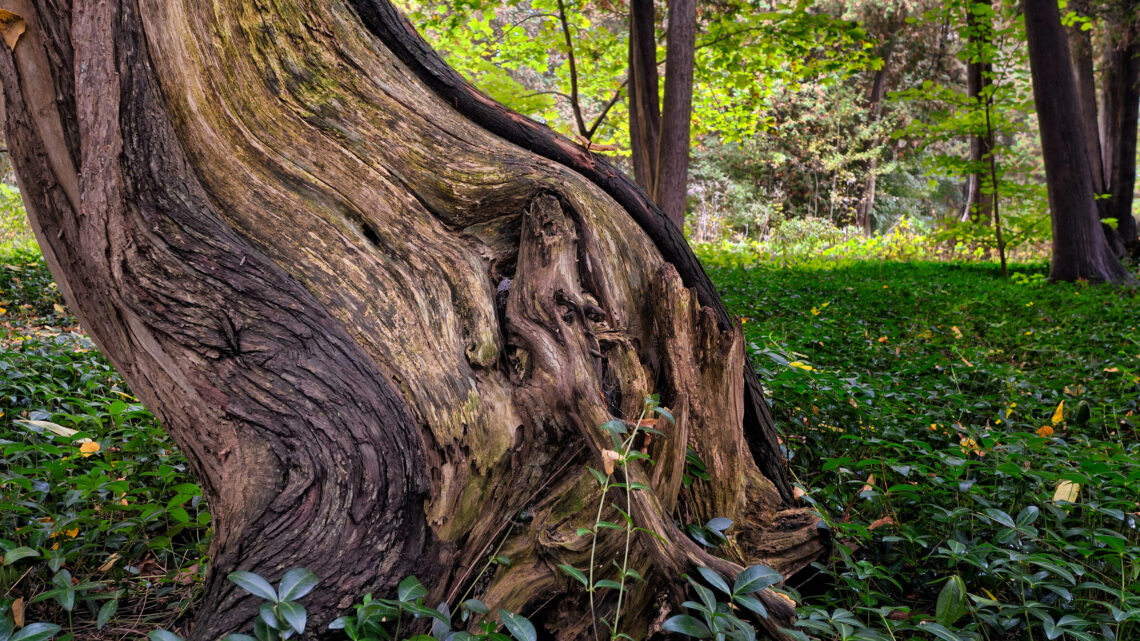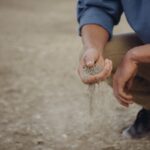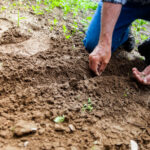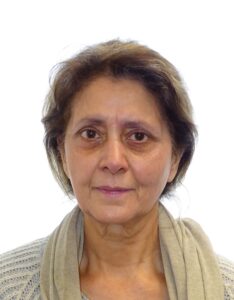Rheumatoid arthritis nodules are small, often round bumps caused by swelling. Osteoarthritis nodes are caused by malformations in the bone caused by wear-and-tear.
The two most common forms of arthritis can cause different types of arthritis nodules.
Osteoarthritis: Heberden’s Nodes
Named after Dr. James Heberden in the 1700s, after he correctly identified the cause, Heberden’s nodes are abnormal bony growths that occur on the afflicted joint.
Between the bones in a joint, cartilage forms to cushion and protect each bone from the other. Osteoarthritis happens when this cartilage begins to break down. This breakdown causes the bones to come into direct contact and rub together.
When the bones rub together the friction wears the bone away, and the body tries to heal itself by growing new bone. Sometimes this new bone grows abnormally and forms what’s called “nodes” that stick-out to the side of the joint.
Heberden’s nodes are usually a sign of advanced osteoarthritis as they tend to only appear after considerable wear-and-tear has occurred. They’re easily noticeable, and they can cause:
- Stiffness and loss of motion
- Pain
- Swelling
Risk factors
Women are 10 times more likely to develop Heberden’s nodes than men. There’s also a genetic risk, which means that if they appear in the family of the patient then it’s more likely that the patient will get them.
Obesity also raises the risk of getting them, as excess weight puts more strain on the joints.
Treatment
There’s currently no cure for Heberden’s nodes. Instead, treatments aim to reduce pain and improve joint function.
Exercise will help to maintain a lighter frame, which will take pressure off the joints and reduce risk of forming nodes or making current nodes worse.
In extreme circumstances, surgery may be considered. Surgery may involve:
- Removal of excess bone
- Reformation of the joint
- Joint fusion in the fingers, which reduces motion but can alleviate pain
Rheumatoid arthritis nodules
Between 20% and 25% of rheumatoid arthritis patients will develop rheumatoid arthritis nodules, which are small, often round, bumps. These usually appear over exposed joints, like fingers and elbows, forearms, knees and the backs of heels. In rare cases nodules can form on in the eyes, lungs and vocal cords.
They may look unpleasant, but pain and tenderness are unlikely. On very rare occasions, rheumatoid nodules are found in the lungs and vocal cords.
What are rheumatoid nodules?
Rheumatoid nodules are firm and made from inflammatory tissue. However, this inflammation is different to the inflammation that happens within the joints. This means that the disease modifying and biological treatments used to counter the inflammation, may not reduce the nodules.
Rheumatoid nodules are most often circular, but they can be elongated in shape. They can be pea-sized, or grow to the size of a walnut. Some even migrate around the body.
If you would like to learn more about Arthritis; the history, causes, and the various treatments, see Arthritis: A Deeper Dive
As treatment improves and the effects of rheumatoid arthritis become less severe, nodules have become smaller and more rare. But they do still exist, most commonly in the form of micro-nodules. 8% of patients started on methotrexate treatment develop micro-nodules, which are usually about 0.5cm in diameter, and cluster around the finger joints. The reason for this is unknown.
The causes
- Smoking
- Being rheumatoid factor positive
- Being CCP positive
- Being prone to vasculitis (inflammation of blood vessels)
- Being prone to lung disease
Is it serious?
Nodules are usually not serious, although they may become ulcerated and/or infected. This only really happens if there’s been excessive pressure applied to a nodule over a prolonged period of time. For example, a rheumatoid arthritis patient who is bedridden may get infected nodules on their elbows and the backs of their knees, because those are key pressure points when laying down.
Treatment
Nodules can be ignored. However:
- If micro-nodules develop as a result of methotrexate use, then taking hydroxychloroquine or prednisolone may reduce their size.
- If the nodules are exposed to regular trauma, i.e. knocks and scrapes, then they can be surgically removed.
- Steroid injections into or just under the nodule can reduce their size.
Some patients say that after treatment the nodules grow back. This isn’t always the case, but as the symptoms of rheumatoid arthritis come and go over time, nodules can also come and go.
.
The key to helping someone with arthritis is to stay positive and be sensitive to their mental health and wellbeing. Pain isn’t fun, and the reality is that the condition will only get worse, which can be difficult to face.
It is also important to take care of yourself. Caring for someone is rewarding, but it can also be incredibly challenging and stressful. Making sure you don’t neglect your own needs can make a big difference to your own long-term health.
If you are caring for someone with arthritis, HomeTouch can help. Simply search by postcode and browse the profiles of self-employed carers near you. All of the carers on our site have gone through a thorough 42-point vetting process, and only 5% are accepted. You choose the carer you want to work with, and we provide support with contracts, payments, and holiday and sickness cover.
Find out more about Arthritis:




